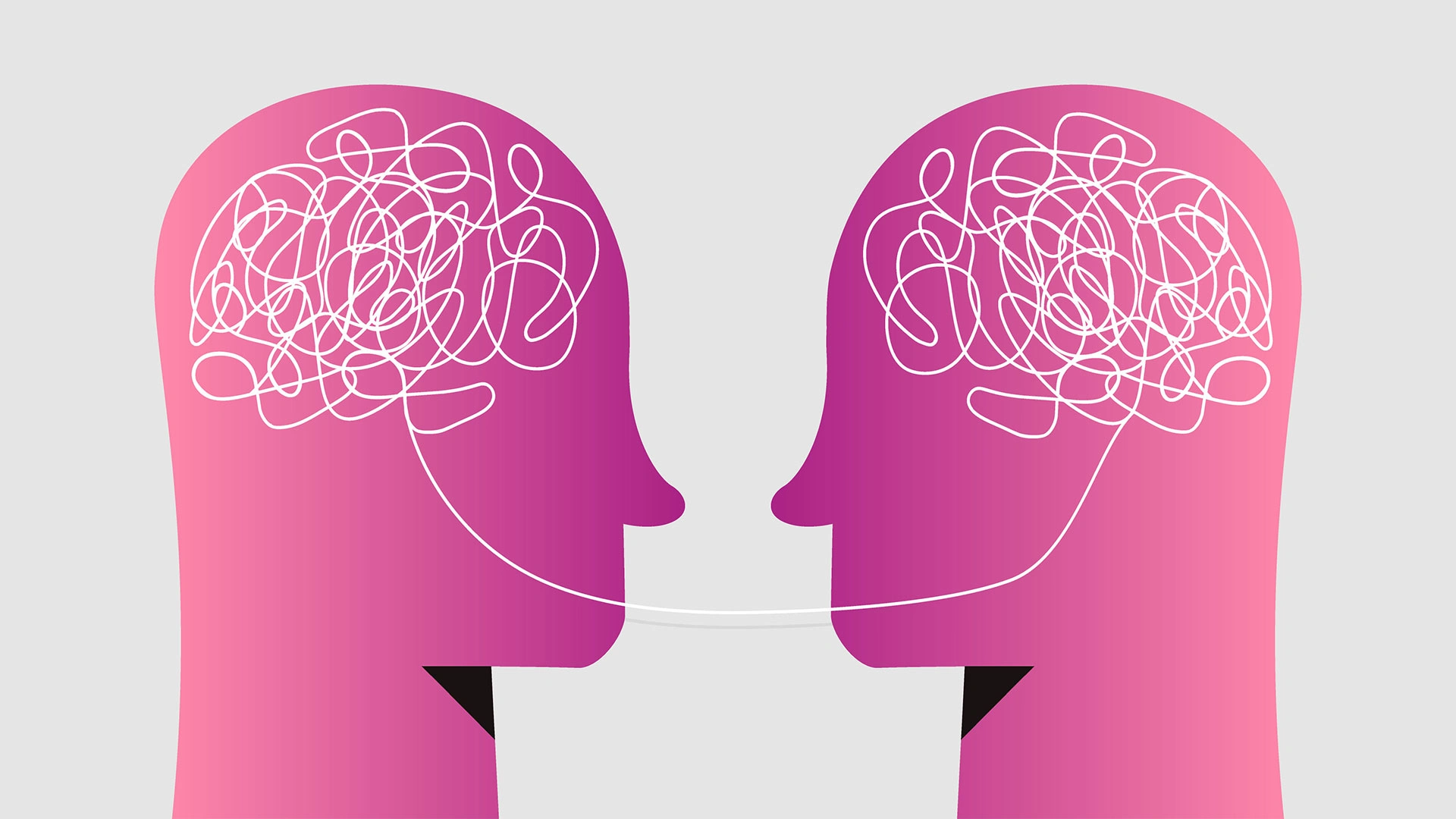
"Published in Nature Human Behavior, the new research examined data from almost 15 million people in Denmark, Sweden and Taiwan, relying on massive data sets collected in government registries. The trend didn't just prove true for a single diagnosis. The study examined married pairs across nine psychiatric disorders: bipolar disorder, depression, schizophrenia, anxiety, attention-deficit hyperactivity disorder (ADHD), autism, obsessive compulsive disorder (OCD), anorexia and substance-use disorder."
"The study found that across diagnoses, if one spouse in a married couple had a psychiatric disorder, their partner was significantly more likely to share that diagnosis. "The main result is that the pattern holds across countries, across cultures, and, of course, generations," study co-author Chun Chieh Fan told . In general, the study found people with any psychiatric disorder were also more likely to marry someone else with a psychiatric diagnosis than someone without one."
Data from almost 15 million people in Denmark, Sweden, and Taiwan indicate married partners are more likely to share the same psychiatric diagnosis. The pattern appears across nine disorders: bipolar disorder, depression, schizophrenia, anxiety, ADHD, autism, OCD, anorexia and substance-use disorder. Positive spousal correlations occur across countries and generations, with limited variation between Taiwan and Nordic countries. The likelihood of both spouses having the same diagnosis increased across birth cohorts from the 1930s through the 1990s. The pattern suggests assortative mating or shared environmental and social factors influencing partner selection and mental health concordance.
Read at Fast Company
Unable to calculate read time
Collection
[
|
...
]